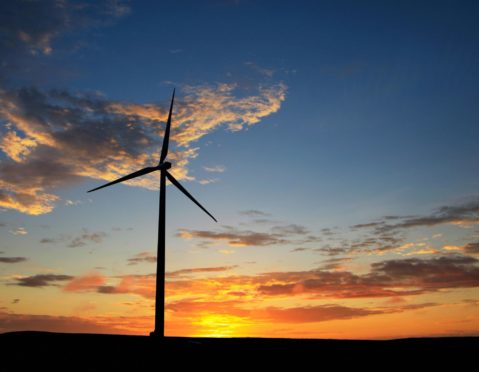A public inquiry into plans for a 39-turbine wind farm in a Highland mountain range has heard it could ultimately lead to a “complex larger than the city of Dundee” being built on a “once tranquil plateau”.
The proposed Glenshero development would be sited next to the recently built 66-turbine Stronelairg wind farm in the Monadhliath mountains.
A public local inquiry was opened earlier this month following opposition to the plans submitted by the multi-national Simec and GFG Alliance.
Highland Council, NatureScot, Cairngorms National Park Authority, Mountaineering Scotland, Wild Land and the John Muir Trust have all given evidence against the development.
Campaigners claim the wind farm would involve the excavation of seven quarries and the extraction of 195,000 cubic metres of aggregates – more than was used in the construction of the Queensferry Crossing across the Firth of Forth.
Rosie Simpson, senior policy officer for the John Muir Trust, said: “We are strongly supportive of the Scottish Government’s ambitions to become a global leader in the drive towards a net zero carbon economy, and we recognise that our renewables potential has a vital role to play in meeting these targets.
“We are, however, seriously concerned about the sheer scale of ecological destruction, peat excavation and industrialisation of this landscape, which in the recent past was identified by NatureScot as a Wild Land Area.
“We are also concerned about weaknesses in the planning system that allow for this application to be brought forward six years after Stronelairg was approved without serious public scrutiny after the developer (SSE) agreed to reduce the number of turbines from 83 to 66.
“Subsequent applications mean this part of the Monadhliath Mountains could be covered with 155 contiguous turbines, turning this once tranquil plateau into a vast industrialised complex larger than the city of Dundee.”
The public local inquiry was split into several sessions with the reporter hearing evidence from both the developer and organisations opposed to the application.
Due to the coronavirus pandemic, proceedings were streamed live using Zoom video conferencing.
A Scottish Government spokesman said: “The reporter will prepare his report for Scottish ministers who will make the final decision on this proposed development.
“There isn’t a set timescale for the reporter concluding their findings. The timing can be variable, but this kind of application usually means a large report, with a significant amount of evidence to cover.”
